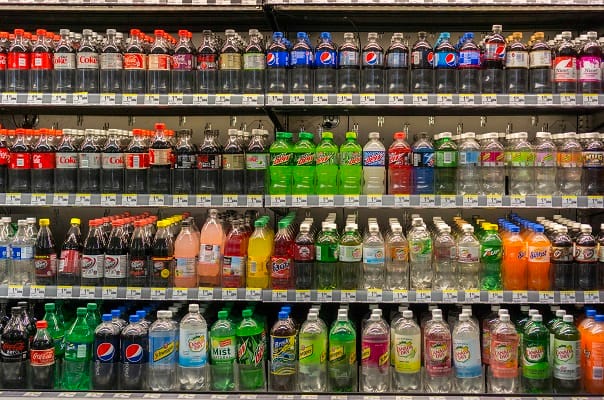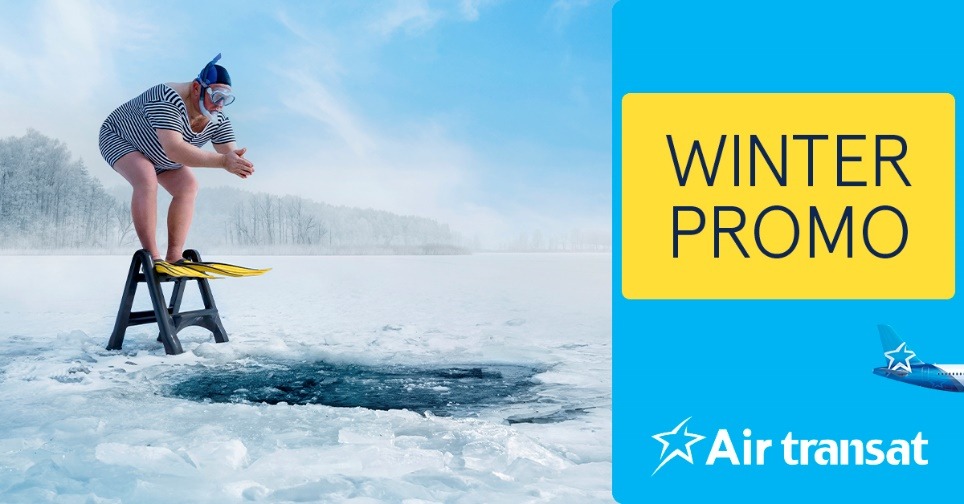Bussiness
Soft drinks surge as Gen Z drives moderation revolution – London Business News | Londonlovesbusiness.com

The on premise is witnessing a marked decrease in alcohol consumption across the globe, a shift evident in the UK, with a -23pp net decrease, resulting in a growing appetite for soft drink options., according to CGA by NIQ’s leading OPUS data.
Among the legal drinking age (LDA) to 24-year-old demographic almost a third (30%) report drinking less than they did a year ago, with 13% completely abstaining from alcohol.
This demographic is also more health-conscious, with three quarters striving to lead a healthier lifestyle (74%) and actively seeking to make environmentally conscious choices (73%).
However, this reduction in alcohol intake has not negatively impacted younger consumers’ engagement with the on premise sector – with 86% of LDA-24 year old consumers having visited the on premise in the last three months, 60% going out weekly, (over-indexing by +17pp versus the average for all GB consumers).
Despite the growing preference for non-alcoholic drinks, the total soft drinks sales performance has remained flat. Although certain segments are showing promise, with a +8% year-on-year (YOY) value increase in bars and bar restaurants and a +2.7% YOY value growth in hotels.
This data indicates untapped potential for soft drinks during higher tempo occasions, especially among younger consumers who are increasingly adopting ‘zebra striping’ – alternating between alcoholic and non-alcoholic drinks throughout the night. In fact, 18-24-year-olds are more likely to choose soft drinks in a bar or late-night setting, over-indexing by +6pp versus the average consumer.
The most prominent factors driving brand choice include:
- Habit – 43% soft drink consumers are creatures of habit, always choosing the same drink categories and/or brands.
- Brand loyalty – 38% of consumers consistently choose their favourite brand.
- Value for money – An equal % are motivated by value for money as brand loyalty, which does not necessarily mean the cheapest option.
- Brand quality – A quarter (23%) prioritise brand quality.
- Menu recommendations and onsite activations – Promotional activities are particularly effective among 18-24-year-olds, who have strong brand loyalty while also being more open to being influenced, (over-indexing by +9pp versus the average consumer).
In terms of consumer preferences when it comes to soft drinks, the focus on fizz remains intact, holding half (49%) of the market share despite health trends bolstering the rate of sale (RoS) for sport drinks, water plus, and juice drinks. This effervescent outlook is driven by consumer desire for value for money and the increased consumption of fizzy drinks among 18-24-year-olds, with almost a third (30%) reporting they are drinking more carbonated soft drinks than a year ago.
CGA client director Violetta Njunina said, “As moderation becomes a key trend, particularly among younger generations, the ability to offer appealing, high-quality, and health-conscious soft drinks is crucial for success.
“Suppliers who tap into these insights and align their strategies are better positioned to lead in this new era of beverage consumption.”










